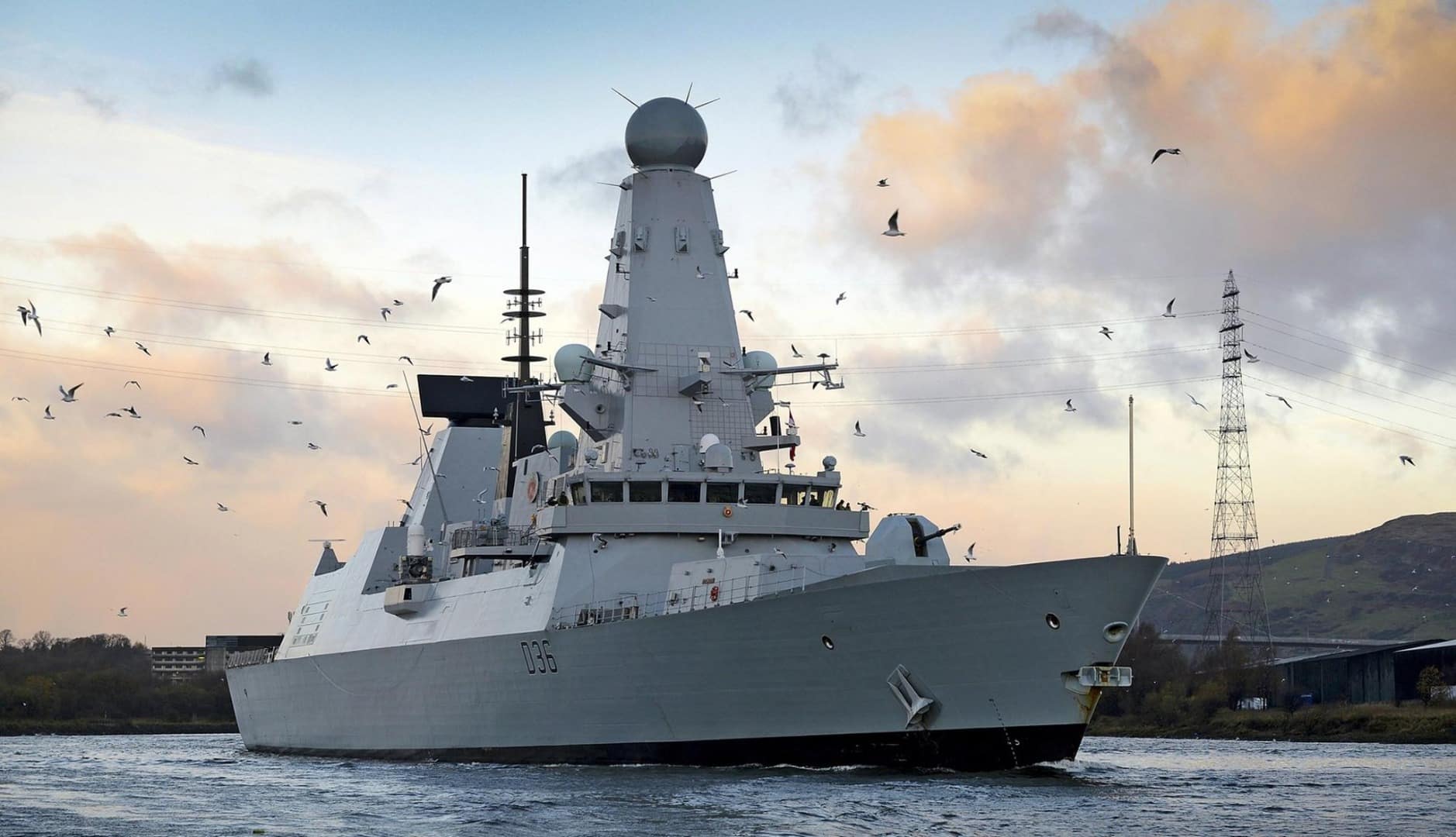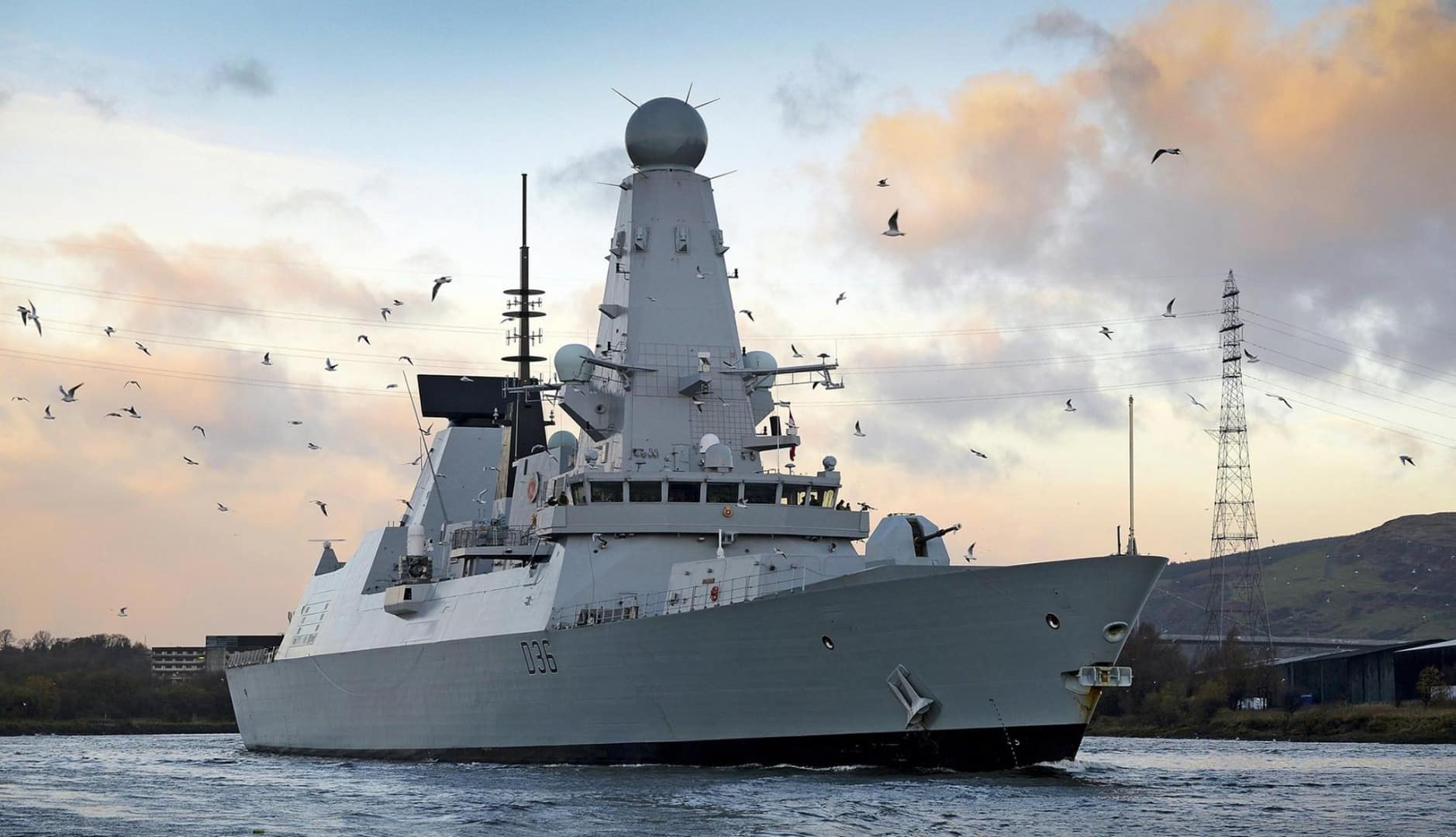
Time was when Britain’s mighty fleets ruled a quarter of the earth’s surface. I’ve been savoring the names of its dreadnaughts and battle cruisers like George V, Prince of Wales, Hood, Princess Royal, Iron Duke and scores of other renowned warships.
Last week, the imperial British lion made a last, feeble roar by sending one of its new anti-aircraft destroyers, ‘Defender,’ to annoy the Russians by patrolling off the south-western coast of Crimea.
Russia and Ukraine both claim Crimea, which had been Russian since 1783. After a drunken dinner, the late Soviet leader, Nikita Khrushchev, ‘gave’ the Crimean SSR to the Ukrainian Soviet Republic.
Russia reoccupied Crimea, one of Russia’s most important naval bases, after a US-led coup overthrew Ukraine’s pro-Russian government in 2014. The UK, US and rest of NATO insist Crimea belongs to Ukraine. Of course they do. They engineered it.
HMS ‘Defender’s’ baiting the Russian bear took place while NATO naval and air forces were holding threatening war games over the southern Black Sea to intimidate Russia and embolden allies like Romania, Bulgaria and Poland, the three weak sisters of Eastern Europe.
This tempest in a teapot suddenly became a farce after a stack of soggy secret British naval documents was found behind a park bench in Kent. ‘Defender’s’ mission was discussed in them, Russia’s possible response, and, of all crazy things, potential new British operations in Afghanistan. All to please Uncle Sam, of course.
These embarrassing documents caused an uproar in Britain, made the government look like fools, and put the lie to Whitehall’s claims that the naval operation was only an innocent patrol. Britons are very intelligent people but tend to be sloppy and poorly organized. Britain has been a happy hunting ground for Soviet/Russian spies since the war.
Small wonder the French call Britain ‘perfide Albion.’ The Brits are masters at intrigue, double-dealing and propaganda. British propaganda drew the United States into two world wars. In our era, Britain has assumed leadership of western propaganda efforts against Russia and its allies.
Most Russians, who tend to be well-educated, are well aware of Great Britain’s 1853 invasion of Crimea, in league with France, the Ottoman Empire, and the then kingdom of Sardinia. The Crimean War was a bloody, three-year war designed to wrest the strategic peninsula from Tsarist control and thwart Russia’s expansion into the Balkans.
This nasty war saw the British finally storm fortress Sevastopol and temporarily reduce Russia’s influence in the Black Sea and Balkans. For France, the war was a thrilling return to military victories after the dark years of the Napoleonic wars. For Britain, it was also a triumph in spite of the disaster at Balaclava and heavy casualties due to disease. But, in the end, the war proved a stalemate: the foreign powers withdrew from Crimea and left Russia to lick it wounds.
The next serious invasion came from Germany and Romania in 1941, led by the great German general, Erich von Manstein. The second siege of Sevastopol lasted 250 days. I’ve walked over many of the old Soviet forts that so long resisted German attacks. Crimea was one of the hardest fought campaigns of WWII. Sevastopol was named one of the Soviet Union’s ‘hero cities’ for its legendary resistance.
No one who knows history should be surprised that western moves on Sevastopol and Crimea produced such a strong Russian reaction. Imagine how the US would react to a Russian naval squadron staging war games in the Gulf of Mexico or off New York City.
The point of the ‘Defender’ exercise was to humiliate Russia and show off its weakness, all part of the longer-term US/British/NATO strategy to splinter the remaining Russian Federation in a similar manner that the old Soviet Union was torn apart. That’s what the big NATO Black Sea exercise is about. There will be many more.
Reprinted with permission from EricMargolis.com.

